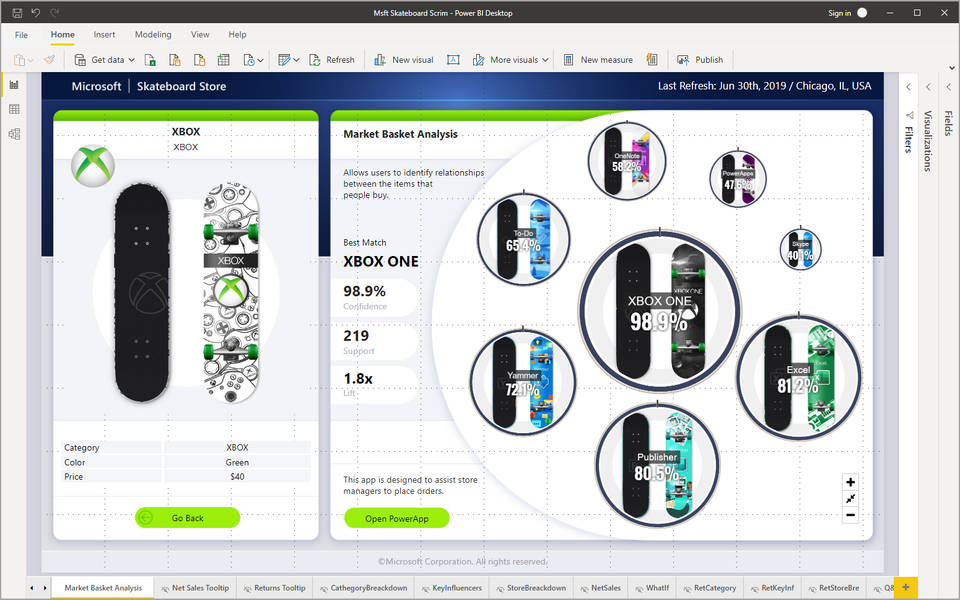

When a calculated column contains a valid DAX formula, values are calculated for each row as soon as the formula is entered. To learn more, see: Measures in Power BI Desktop Measures in Analysis Services Measures in Power Pivot Calculated columnsĪ calculated column is a column that you add to an existing table (in the model designer) and then create a DAX formula that defines the column's values. After you've created a measure, the name and its definition appear in the reporting client application Fields list, and depending on perspectives and roles is available to all users of the model. In the example just provided, the name Total Sales appears preceding the formula. Unlike calculated columns, the syntax for a measure includes the measure's name preceding the formula. When a user places the TotalSales measure in a report, and then places the Product Category column from a Product table into Filters, the sum of Sales Amount is calculated and displayed for each product category. For example, using this very simple measure formula: Total Sales = SUM() That is to say, each combination of row and column headers in a PivotTable, or each selection of slicers and filters in a Power BI report, generates a different subset of data over which the measure is calculated. Regardless of the client, a separate query is run for each cell in the results. That client might be an Excel PivotTable or PivotChart, a Power BI report, or a table expression in a DAX query in SQL Server Management Studio (SSMS). To evaluate a measure requires a reporting client application that can provide the context needed to retrieve the data relevant to each cell and then evaluate the expression for each cell. The reason you cannot see the (filtered) results of the calculation immediately is because the result of a measure cannot be determined without context. When you define a formula for a measure in the formula bar, a Tooltip feature shows a preview of what the results would be for the total in the current context, but otherwise the results are not immediately output anywhere. Named measures can be passed as an argument to other measures. Measures are created by using the DAX formula bar in the model designer.Ī formula in a measure can use standard aggregation functions automatically created by using the Autosum feature, such as COUNT or SUM, or you can define your own formula by using the DAX formula bar. Measures are used in reporting that support combining and filtering model data by using multiple attributes such as a Power BI report or Excel PivotTable or PivotChart. Measures are dynamic calculation formulas where the results change depending on context. CalculationsĭAX formulas are used in measures, calculated columns, calculated tables, and row-level security.

Refer to your product's documentation describing its particular implementation of DAX. Some functionality may not apply to certain products or use cases. It describes DAX as it applies to all the products that use it. This article provides only a basic introduction to the most important concepts in DAX. DAX formulas include functions, operators, and values to perform advanced calculations and queries on data in related tables and columns in tabular data models.


Data Analysis Expressions (DAX) is a formula expression language used in Analysis Services, Power BI, and Power Pivot in Excel.


 0 kommentar(er)
0 kommentar(er)
